On July 4th, I completed a full run through of the Never Summer 100k course starting at the race start at 5:30am and finishing just before midnight in 18 hours and 12 minutes.
I trained and tapered for this run just like I would a real race. It’s been a long time since I’ve raced any ultra distance events and even longer since I’ve been able to race well. So there’s really no way to compare my 18:12 finish time to any other individual’s projected time. But I think I ran well and kept my pace and effort consistent throughout the entire run. I didn’t push too hard on any segment and never had a low point or crash during the entire run. I stayed hydrated and well fueled the entire day with 20 Vfuel gels, 2 PBJ’s, 6 cookies, and some corn chips and pretzels. So my splits are at least a good reference to make some rough estimates for pacing goals.
Click here to download an Excel spreadsheet pacing model. You can enter your goal time and your estimated aid station time to get pacing estimates for each segment. If you are aiming for the 24 hour cut off, please note that you will need to stay ahead of our intermediate cut offs. Our intermediate course cut offs are set with very generous times to give everyone the maximum time possible on course.
A few things that might affect pacing estimates…..
Many sections on the course are very rough and slow so there may be less of a difference between our fastest and slowest runners. I hiked every step of the way from the Canadian Yurt back to the Ruby Jewel Rd and I hiked a lot of the Lumberjack cross country section and the rough old logging roads from Grass Creek to Ranger Lakes.
I was lucky to have ideal running conditions with afternoon cloud cover and just a tiny bit of rain to keep cool. If race day is hot and sunny or if we get any severe mountain storms, times could be significantly slower.
I only had one headlamp after dark and could have moved faster with better lighting. I would recommend using a strong headlamp and a strong handheld light for the best visibility through the rough sections after dark.
Some recommendations from my experience…
Trekking poles were most helpful on the steep 7 Utes and Diamond climbs and somewhat useful on the American Lakes, Kelly Lake, and Clear Lake climbs. From Clear Lake to the finish, they mostly got in the way and I would have been better off trading them for another handheld light.
The course has a lot of water and mud so there are very few aid stations where you could benefit from changing socks or shoes. The mile 18 Diamond aid station might be a good location to take care of your feet if needed. The steep slope and uneven terrain above tree line and the hard rocky run down Montgomery Rd would be best done with dry feet. If you change at Ruby Jewel, you’ll have about 4.5 dry miles to Kelly Lake. There are several muddy sections and a river crossings between the Clear Lake aid station and the Canadian Yurt aid. And there is a muddy stream crossing 100 yards after the Canadian aid station and several swampy sections on the way to Bockman, so I wouldn’t bother with any extra foot care until you reach Bockman. You’ll have about 4 dry miles before going through a very swampy section on the old logging roads and then it’s dry all the way to the finish. I recommend applying a good coating of body glide to your feet before the start.
I wore calf sleeves and thought they were helpful to keep itchy, scratchy grass and weeds off my shins. I’ve had some itching reactions on past runs later in the summer from some of the sections on the course with heavy vegetation.
A few of the daytime aid stations will be stocked with bug spray and sunscreen. I highly recommend applying before the race and then supplementing at aid stations during the race. If we catch a clear day, the heat can be intense on the Medicine Bow ridge between the Diamond and Montgomery aid stations, and then on the climb to Kelly Lake. Mosquitos are also an issue in some areas of the course.
You will probably start to feel the heat in the last couple miles on the way to the Diamond aid station. We’ll have ice at aid stations, so take advantage of this to keep your drinking water cool. Fortunately there is plenty of water on the course to offer a lot of opportunities to cool yourself down if it gets really hot out there.
Watch out for cows on the Clear Lake trail and follow the course markers carefully. The cows have been tearing up the trail and making paths everywhere that could lead you off course if you don’t pay attention.
Be patient early in the race to keep up with your fueling and hydration in the early miles when you still feel good and the weather is cool. Take full advantage of our first aid station at Michigan Ditch. If you get behind on hydration and fueling, you may pay the price on the Diamond to Montgomery section, which is largely 11,000ft and above. So, try to get to mile 18 feeling as fresh, hydrated and well fueled as possible.
My final thoughts on the course….
Even though I’ve run every segment of the course several times, it was an incredibly cool experience to be able to link it all together in one grand tour of State Forest State Park. The course and terrain are unique. It’s rough and wild and it takes you through a huge variety of environments. At times the terrain can be frustrating, but the scenery makes it all worthwhile. Finishing the Never Summer 100k is going to be a very special and rewarding experience.
If anyone has any questions before race day, please don’t hesitate to email us at racedirector@gnarrunners.com. We’ll be very busy in the upcoming week but always try to respond to runner emails as quickly as possible.
I hope everyone enjoys running this course as much as I did!
Pete
Here are a few photos from my run:
First view of the Crags on the climb up 7 Utes The view of the course to the north from the Silver Creek trail. North Diamond is straight ahead. Hidden Valley can be seen far to the north on the left edge of the mountains. Early morning on the shore of Lake Agnes The Crags from the top of the ridge over American Lakes. A rocky, technical section across the saddle above Kelly Lake. A grove of huge aspen trees on the Kelly Lake trail. The view south to North Diamond and the Nokhu Crags from the western edge of the Clear Lake Trail. Dense vegetation and wildflowers on the Clear Lake trail.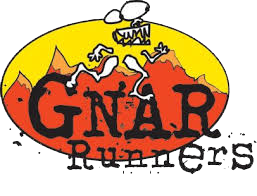
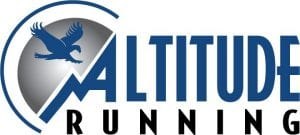

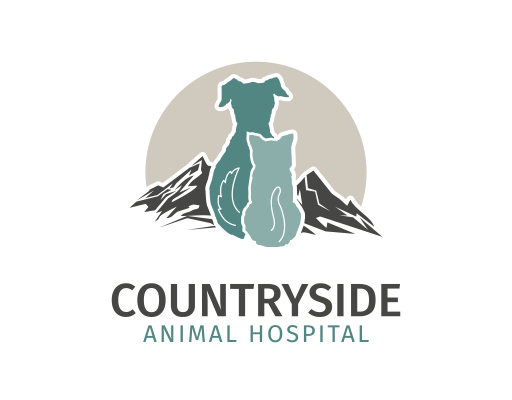
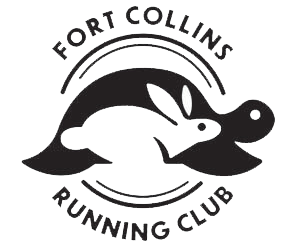
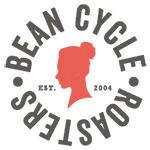
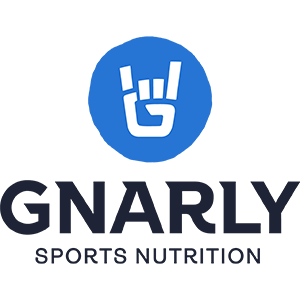

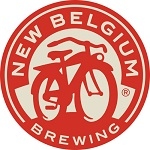
3 Comments
Thank you for this description and insight to the course.
Most helpful.
Looking forward to it…I think.
Thanks so much for running the course and providing us with the helpful tips!
Thanks Pete for putting that spreadsheet together. Now just need to figure out how to make an elevation tat out of it.